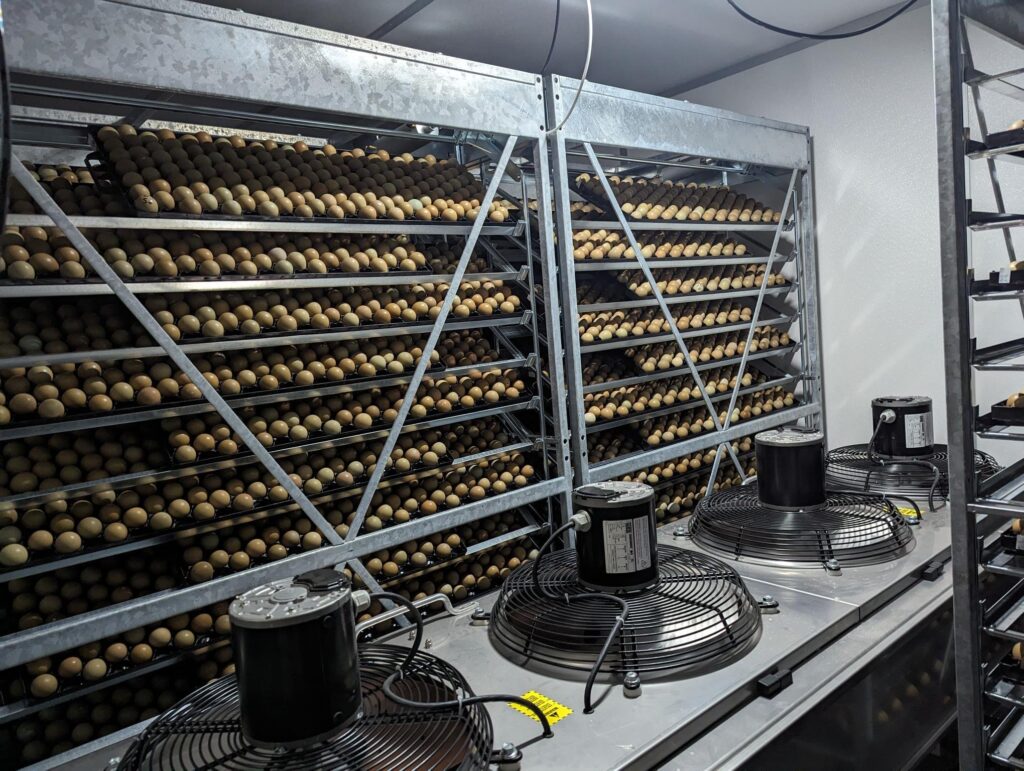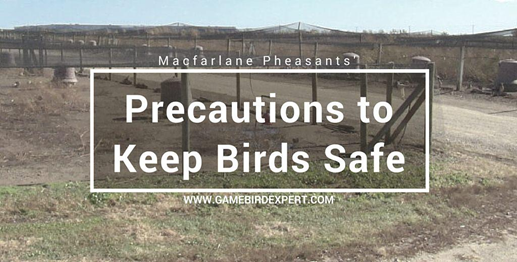Transitioning Pheasants From Brooder Barns to Flight Pens
 Transitioning pheasants from the brooder barn to the flight pen can be a difficult and frustrating experience. We have come up with a recipe, if you will, on how to properly transition pheasants to the flight pens. By following the recipe, the transition should be a smooth one.
Transitioning pheasants from the brooder barn to the flight pen can be a difficult and frustrating experience. We have come up with a recipe, if you will, on how to properly transition pheasants to the flight pens. By following the recipe, the transition should be a smooth one.
The first thing you want to accomplish is pen set up. We put one Brower feeder for every 100 birds and one plasson for every 200 birds. At the spot where you unload the birds, put one water pan for every 100 birds and one feeder. Place four feed pans around the feeder.
If you are transitioning early season birds (birds hatched prior to April 15th), there are a few extra precautions that must be completed. Add one hut for every 100 birds. These huts will get strawed. It is also important to straw all four corners of the pen. Birds will first congregate in the corners and then the huts. Young birds die from hypothermia, and the straw will keep them off the cold ground. It is also advantageous to put the birds out at ½ the density as you normally would. Cover will be very thin this time of year, and too high of a bird density will destroy the cover for the season.
The second thing you want to do is decide when to move your birds out of the brooder barn. The weather will typically dictate the timing. A three day period without rain in the forecast is optimal. It is important to be flexible. You must be willing to adjust and adapt as quickly as the weather does.
Once in the flight pen, keep the young birds on a coccidiostat for a period of one week after move out. This will help sick birds get healthy. The birds should get a 20% protein level upon getting moved out of the brooder barn. They will stay on this feed until they are approximately 12 weeks of age.
It is important to give the young birds extra attention after move out. One week after the move out will be a crucial time for them. At the spot where you unloaded the birds, feed and water them on a daily basis, make sure there is plenty of feed in the pans. Put supplemental vitamins in the water and pick up all dead birds on a daily basis. After the week has passed, it should no longer be necessary to feed and water the birds at the spot they were released. As a note of caution, don’t use one week as a definite, the birds will tell you when they no longer need that special attention.
We normally sex our birds out of the brooder barn into the flight pen. We do this for a couple of different reasons. First, all of our hens will be used as breeder stock for the upcoming season. It’s much easier if the hens are already sorted out. Second, it’s a huge time saver when we catch mature birds in the fall, as most of our customers receive cox. Finally, hens are less aggressive and thus can be raised at a higher density. This helps us utilize our pen space more efficiently.
We have learned from many years of trial and error, and would like everyone to learn from our mistakes and experiences. By following this recipe, it will make the transitioning of pheasants from the brooder barn to the flight pen an easier one.
Related Posts
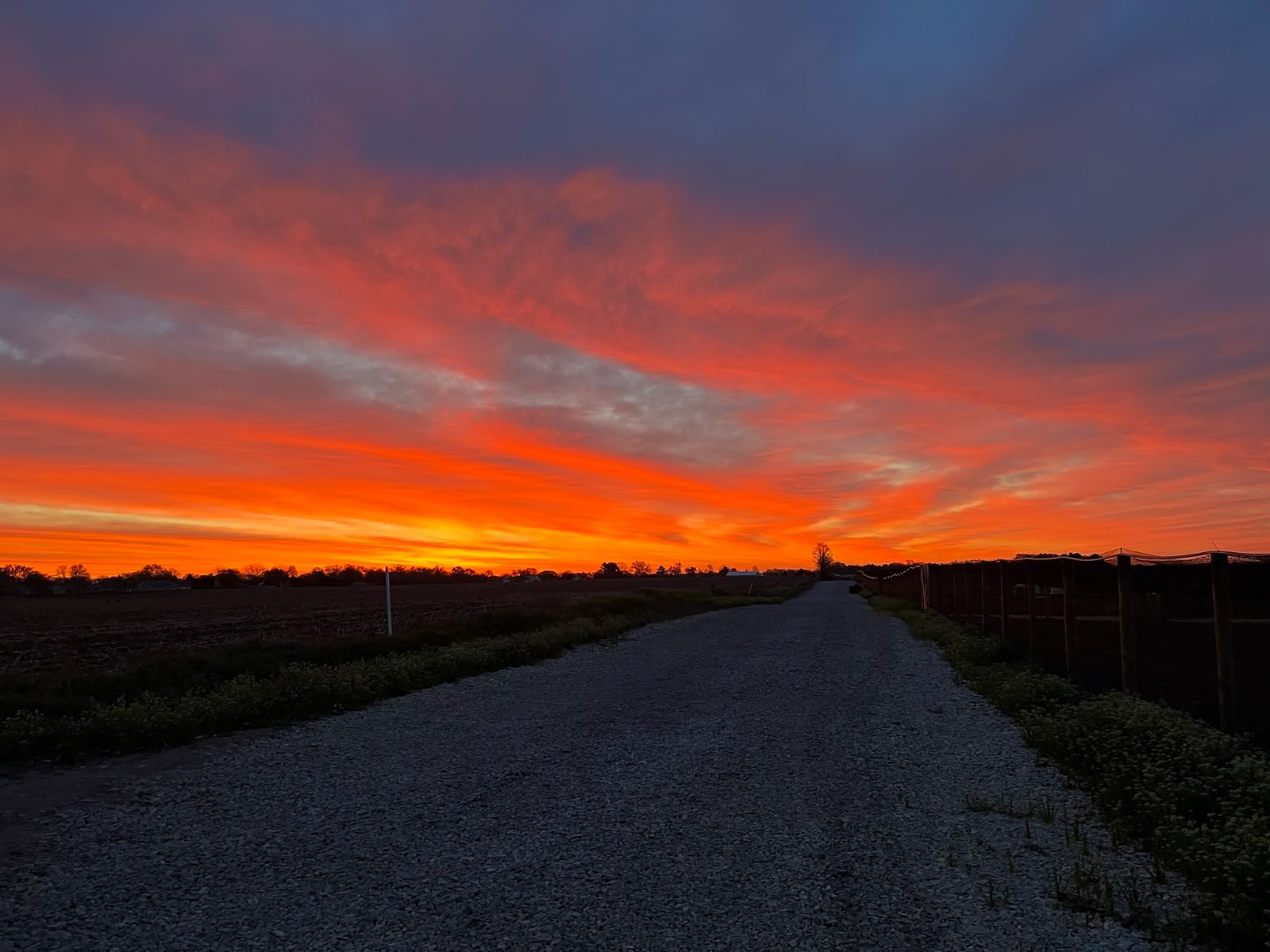
A Journey of Expansion: Jim Clark’s Legacy & Our New 16 Acres of Pheasant Pens
Read Post

Preparing Our Barns & Pens Each Spring
Read Post
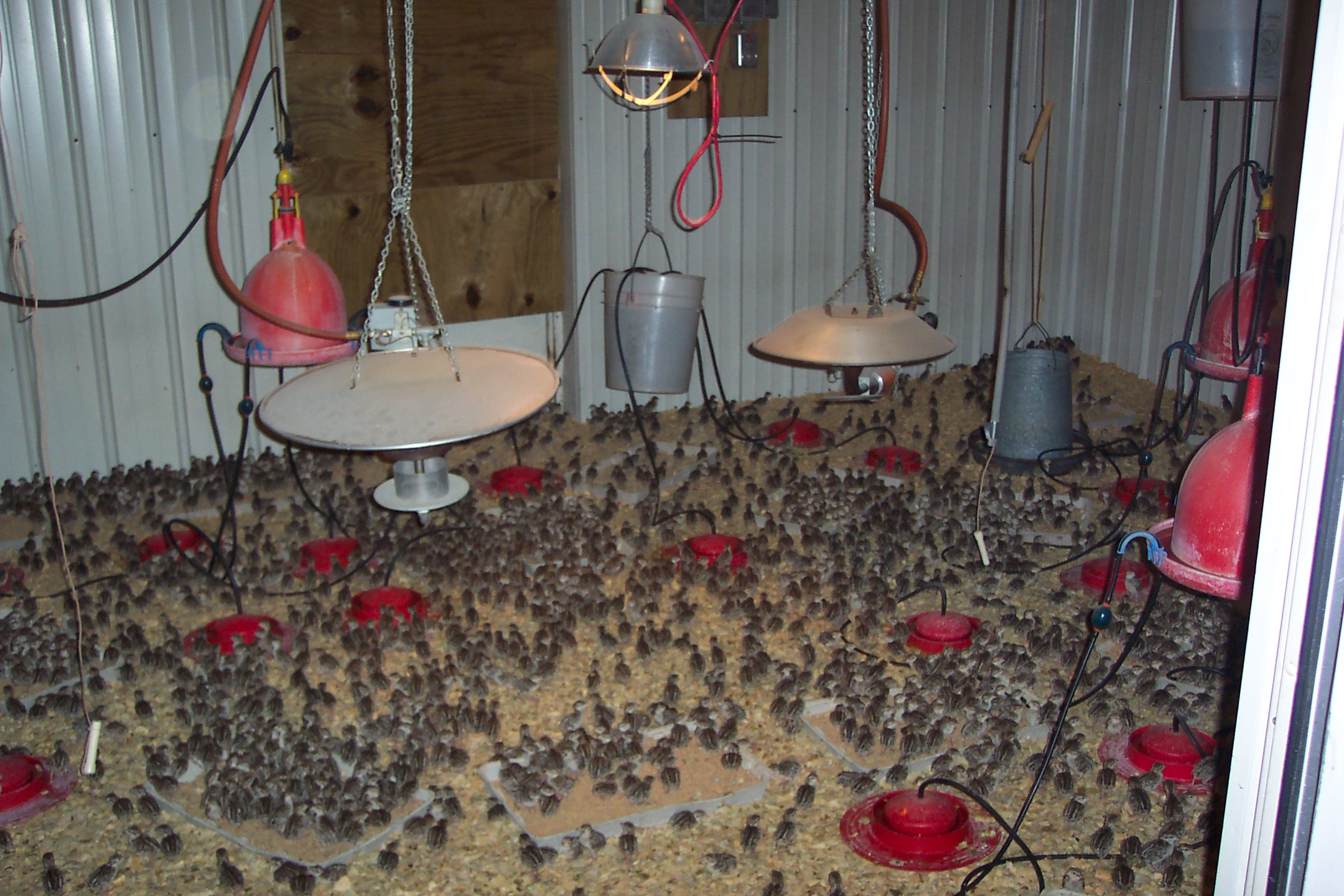
How We Prepare For Brooding Our Chicks
Read Post
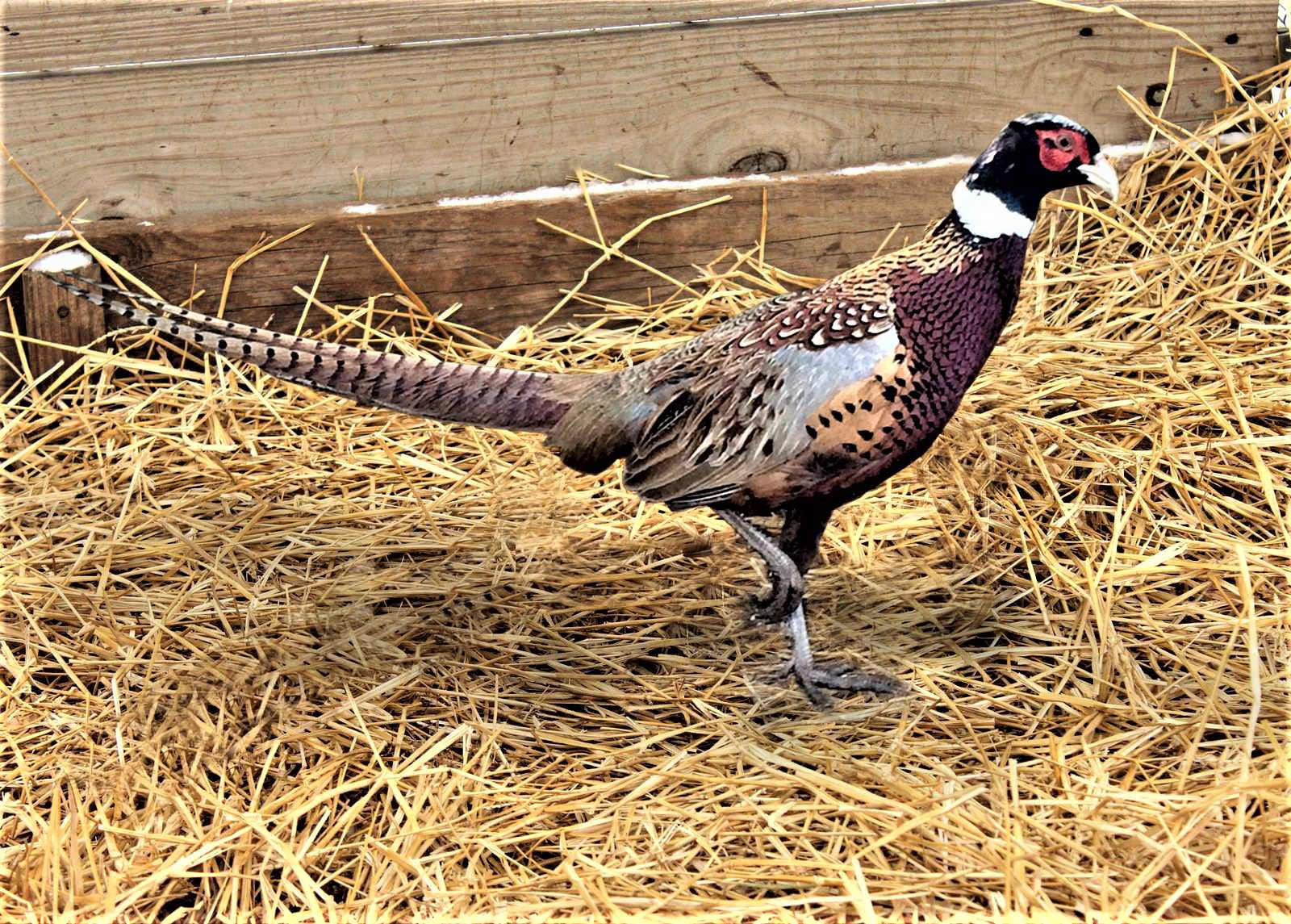
Our Milton Farm in 2024!
Read Post
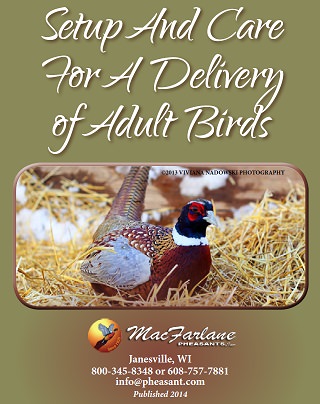
10 Steps to Prepare for a Delivery of Mature Game Birds
Read Post

10 Ways To Get the Most Out Of Brooder Barns
Read Post

4 Steps to Keeping Pheasants Healthy in Winter
Read Post
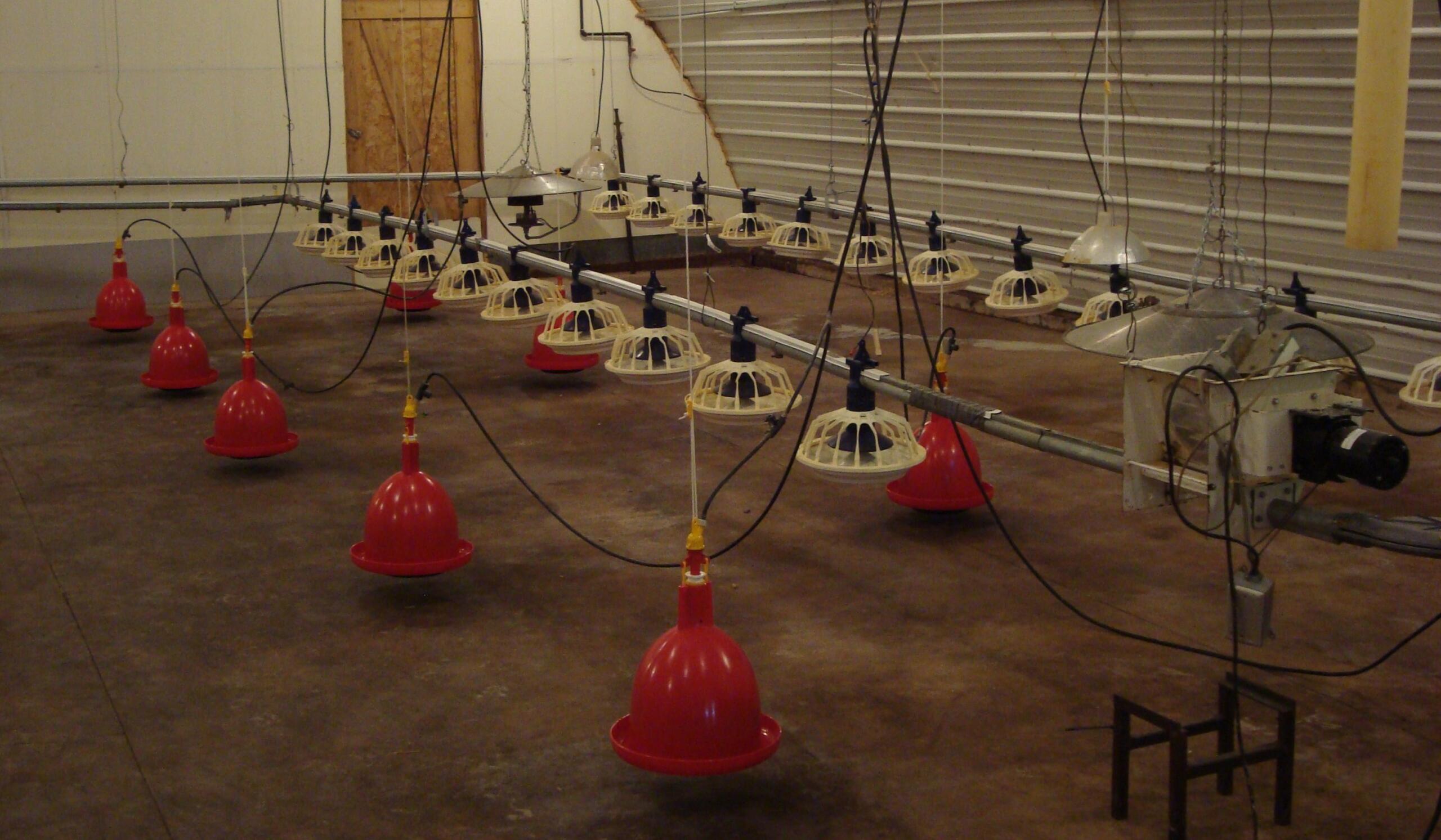
6 Feed and Water Procedures to Keep MacFarlane Pheasants Healthy
Read Post
Take Advantage of These Free Resources
As the biggest game bird farm in the United States, we want to share our experience with you. Download our free resources below and get started.

